6,178cc L Head, Inline 6-Cylinder Engine
Single Carburetor, 45bhp
3-Speed Manual Transmission
Front and Rear Leaf Spring Suspension
Rear Mechanical Expanding Drum Brakes
*One of the preeminent luxury cars of its day
*Large horsepower, original bodied, exclusive Brass-era touring car
*Believed to have been delivered new to the US,
*Known early US collector history
*Freshly restored and not shown in the U
THE NAPIER
The Napier marque was favored by royalty and nobility the world over, influenced in no small way by the engineering brilliance of Montague Napier and, in the early days, the marketing genius of Selwyn F. Edge who brought the marque to prominence at the turn of the nineteenth century. D. Napier & Son were there in the infant years of the motor car and Edge recognized the importance of successful competition in the new-fangled motor sport, Napier participating with distinction in the 1,000 Miles Trial in 1900 with a prototype model.
Napier claimed many firsts, building the first British racing car for the Gordon Bennett Race of 1901 and winning that prestigious event in 1902, the car wearing for the first time the British Racing Green livery. Napier claimed also to be the first manufacturer to offer a six-cylinder car in a production model – the 18hp car of 1903 – and it was another six-cylinder model, this time a mighty 60hp racer, which set a new record at the newly opened Brooklands track in 1907, driving at an average speed of 65.9mph for 24 hours.
D. Napier & Son, Ltd., was formed in London during 1808. Engaged in precision engineering, the company had among its products a range of printing presses. By the turn of the Twentieth Century, however, it had fallen on hard times. The grandson of the founder, Montague Napier, decided to revive it with automobiles.
His first product was a vertical-twin engine with coil ignition, built for his friend Selwyn Francis Edge. Edge formed the Motor Power Company in 1900 for distribution of automobiles, and for more than a decade was Napier's sole distributor and promoter. That same year a Napier automobile successfully completed the British 1,000-mile Trial.
In 1901, Napier and Edge decided to go racing, and built a 17.1-liter, two-ton competition car, but their more successful line was in passenger cars. One of their best customers, telephone magnate Charles Jasper Glidden of Massachusetts, carried the Napier name on a series of long-distance tours, one of which became the series carrying his name.
Napier achieved the distinction of producing the world's first commercially-viable six-cylinder engine, in 1904. A five-liter car with mechanical overhead intake valves, it soon spawned a 15-liter racing version. Napier, however, aimed squarely at the luxury market, a 60hp, 7.7-liter six becoming the best-known model. In 1908 came a five-liter L-head six with three-speed gearbox and shaft drive. Colonial models with a raised chassis had greater ground clearance for use in less-developed Commonwealth countries.
THE MOTORCAR OFFERED
For the majority of the bigger horsepower automobiles of the pre-teen and teen age, their reliable power plants outlived their coachwork in terms of fashion/design and use and they would go on to have secondary existences in Europe within the Great War effort, or here simply as commercial applications, numerous cars becoming fire or farm apparatus.
To find cars from this period that were both built as sporting touring vehicles and retain their original coachwork is incredibly rare, particularly if they are of large horsepower. This stunning pre-teen Napier is one such remarkable survivor.
Napier's top three offerings shared common chassis and coachwork and varied with the position of the radiator and length of hood. This 6.5 liter six has a somewhat more conventional radiator position and lengthy hood. It is harmonizes wonderfully with the handsome and ultra-high quality coachwork. Unlike Rolls-Royce, Napier motorcars were offered as complete machines with attractive Napier designed bodywork. This particularly curvaceous tourer is one of the most handsome offered. It is skinned in light aluminum and features many details including the signature "latching iron" top with its delicate plated bows. The bodywork still has a fair bit of its original leather upholstery and close inspection reveal show original this car is. S.F. Edge wanted Napier cars to be smooth and refined but his experience as a top racing driver always made performance a top priority. Despite their size the Napier cars are not heavy and offer excellent power to weight.
Napier chassis no. 4134 left the Acton works on October 30th, 1908, it is thought to have been supplied directly to the U.S.A. by Edge, as its first known owner was Eben Jordan Junior of Boston. Jordan Senior had co-founded the major Boston department store Jordan Marsh. Like many wealthy sportsmen of the era Jordan developed a taste for powerful cars and boats. A frequent customer of Napier he also had several Napier powered speedboats. Jordan's relationship with Napier was more than just as a customer. Jordan owned Napier's Boston showroom and garage facility and is recognized as the likely financier of Napier's US production facility in West Roxbury, Massachusetts. A short lived but significant branching out of England's premier motor manufacturer. Two of the world's finest early racing machines survive because of this Boston showroom. Napier had sent two of its racing machines built for the Gordon Bennett Trials, a 45hp and a 100hp car, to display in Boston. The factory never shipped them back and Napier's Boston shop foreman recognizing their significance kept them in his garage until selling them to George Waterman in the 1930s.
It believed the 1908 Napier stayed in the Jordan family's hands beyond that time, being acquired by noted car collector and President of the VMCCA, Roderic M. Blood. It is documented that Jordan Marsh displayed the Napier in their store window in 1947 - it is believed they borrowed it back from Blood for this.
One of the very well-known of the pioneering collectors such as Cameron Peck and James Melton, Rod Blood was noted for his collection of Packards, and over the years the Napier would have shared a stable with a number of them including an early example of Packard's famed Model 30, as well as an early 1906 Pierce Great Arrow Opera Coach.
Rod Blood's collection was dispersed on his death in 1966. A little later the Napier was repatriated where it would join one of the most extensive collections being assembled in the UK in the 1960s, that of textiles magnate Peter Black. The car remained in this collection for more than three decades, until it was sold in 2007 to the former owner, an enthusiastic collector of early and pre-war automobiles, it passed into similarly appreciative hands in 2014 being sold by Bonhams at our Quail Lodge auction that year, alongside the record setting Ferrari 250 GTO.
By 2007, a restoration which was thought to date from the immediate post-war period and Blood ownership had aged considerably, and the decision was made to return the Napier to the fine condition in which it would have been delivered new and more befitting such an important motor car.
Its paintwork was carefully stripped back and brush painted in traditional Napier Green livery, while the polished through nickel has been expertly re plated and wood revarnished. The full effect is truly befitting of such an important vehicle of this period. In addition to the cosmetic work the Napier was put into fine operating condition. Benefiting from an early period electric starting system the Napier is easy to start and offers the performance one would expect from such an exceptional machine. Benefitting from a truly unmolested powertrain and the car retains a lovely original appearance with all the lovely quality details. Known for their expertly balanced engines this Napier delivers with exceptionally smooth power. A true SF Edge era Napier motorcar of exceptional engineering and quality that was as good or better than anything in its time.
Inevitably compared today, as it would have been when new, to cars such as a Rolls-Royce Silver Ghost, it is offered at a fraction of what one of the handful that share comparable originality and history might cost today, were it possible to pry them away from their owners.
6,178cc L Head, Inline 6-Cylinder Engine
Single Carburetor, 45bhp
3-Speed Manual Transmission
Front and Rear Leaf Spring Suspension
Rear Mechanical Expanding Drum Brakes
*One of the preeminent luxury cars of its day
*Large horsepower, original bodied, exclusive Brass-era touring car
*Believed to have been delivered new to the US,
*Known early US collector history
*Freshly restored and not shown in the U
THE NAPIER
The Napier marque was favored by royalty and nobility the world over, influenced in no small way by the engineering brilliance of Montague Napier and, in the early days, the marketing genius of Selwyn F. Edge who brought the marque to prominence at the turn of the nineteenth century. D. Napier & Son were there in the infant years of the motor car and Edge recognized the importance of successful competition in the new-fangled motor sport, Napier participating with distinction in the 1,000 Miles Trial in 1900 with a prototype model.
Napier claimed many firsts, building the first British racing car for the Gordon Bennett Race of 1901 and winning that prestigious event in 1902, the car wearing for the first time the British Racing Green livery. Napier claimed also to be the first manufacturer to offer a six-cylinder car in a production model – the 18hp car of 1903 – and it was another six-cylinder model, this time a mighty 60hp racer, which set a new record at the newly opened Brooklands track in 1907, driving at an average speed of 65.9mph for 24 hours.
D. Napier & Son, Ltd., was formed in London during 1808. Engaged in precision engineering, the company had among its products a range of printing presses. By the turn of the Twentieth Century, however, it had fallen on hard times. The grandson of the founder, Montague Napier, decided to revive it with automobiles.
His first product was a vertical-twin engine with coil ignition, built for his friend Selwyn Francis Edge. Edge formed the Motor Power Company in 1900 for distribution of automobiles, and for more than a decade was Napier's sole distributor and promoter. That same year a Napier automobile successfully completed the British 1,000-mile Trial.
In 1901, Napier and Edge decided to go racing, and built a 17.1-liter, two-ton competition car, but their more successful line was in passenger cars. One of their best customers, telephone magnate Charles Jasper Glidden of Massachusetts, carried the Napier name on a series of long-distance tours, one of which became the series carrying his name.
Napier achieved the distinction of producing the world's first commercially-viable six-cylinder engine, in 1904. A five-liter car with mechanical overhead intake valves, it soon spawned a 15-liter racing version. Napier, however, aimed squarely at the luxury market, a 60hp, 7.7-liter six becoming the best-known model. In 1908 came a five-liter L-head six with three-speed gearbox and shaft drive. Colonial models with a raised chassis had greater ground clearance for use in less-developed Commonwealth countries.
THE MOTORCAR OFFERED
For the majority of the bigger horsepower automobiles of the pre-teen and teen age, their reliable power plants outlived their coachwork in terms of fashion/design and use and they would go on to have secondary existences in Europe within the Great War effort, or here simply as commercial applications, numerous cars becoming fire or farm apparatus.
To find cars from this period that were both built as sporting touring vehicles and retain their original coachwork is incredibly rare, particularly if they are of large horsepower. This stunning pre-teen Napier is one such remarkable survivor.
Napier's top three offerings shared common chassis and coachwork and varied with the position of the radiator and length of hood. This 6.5 liter six has a somewhat more conventional radiator position and lengthy hood. It is harmonizes wonderfully with the handsome and ultra-high quality coachwork. Unlike Rolls-Royce, Napier motorcars were offered as complete machines with attractive Napier designed bodywork. This particularly curvaceous tourer is one of the most handsome offered. It is skinned in light aluminum and features many details including the signature "latching iron" top with its delicate plated bows. The bodywork still has a fair bit of its original leather upholstery and close inspection reveal show original this car is. S.F. Edge wanted Napier cars to be smooth and refined but his experience as a top racing driver always made performance a top priority. Despite their size the Napier cars are not heavy and offer excellent power to weight.
Napier chassis no. 4134 left the Acton works on October 30th, 1908, it is thought to have been supplied directly to the U.S.A. by Edge, as its first known owner was Eben Jordan Junior of Boston. Jordan Senior had co-founded the major Boston department store Jordan Marsh. Like many wealthy sportsmen of the era Jordan developed a taste for powerful cars and boats. A frequent customer of Napier he also had several Napier powered speedboats. Jordan's relationship with Napier was more than just as a customer. Jordan owned Napier's Boston showroom and garage facility and is recognized as the likely financier of Napier's US production facility in West Roxbury, Massachusetts. A short lived but significant branching out of England's premier motor manufacturer. Two of the world's finest early racing machines survive because of this Boston showroom. Napier had sent two of its racing machines built for the Gordon Bennett Trials, a 45hp and a 100hp car, to display in Boston. The factory never shipped them back and Napier's Boston shop foreman recognizing their significance kept them in his garage until selling them to George Waterman in the 1930s.
It believed the 1908 Napier stayed in the Jordan family's hands beyond that time, being acquired by noted car collector and President of the VMCCA, Roderic M. Blood. It is documented that Jordan Marsh displayed the Napier in their store window in 1947 - it is believed they borrowed it back from Blood for this.
One of the very well-known of the pioneering collectors such as Cameron Peck and James Melton, Rod Blood was noted for his collection of Packards, and over the years the Napier would have shared a stable with a number of them including an early example of Packard's famed Model 30, as well as an early 1906 Pierce Great Arrow Opera Coach.
Rod Blood's collection was dispersed on his death in 1966. A little later the Napier was repatriated where it would join one of the most extensive collections being assembled in the UK in the 1960s, that of textiles magnate Peter Black. The car remained in this collection for more than three decades, until it was sold in 2007 to the former owner, an enthusiastic collector of early and pre-war automobiles, it passed into similarly appreciative hands in 2014 being sold by Bonhams at our Quail Lodge auction that year, alongside the record setting Ferrari 250 GTO.
By 2007, a restoration which was thought to date from the immediate post-war period and Blood ownership had aged considerably, and the decision was made to return the Napier to the fine condition in which it would have been delivered new and more befitting such an important motor car.
Its paintwork was carefully stripped back and brush painted in traditional Napier Green livery, while the polished through nickel has been expertly re plated and wood revarnished. The full effect is truly befitting of such an important vehicle of this period. In addition to the cosmetic work the Napier was put into fine operating condition. Benefiting from an early period electric starting system the Napier is easy to start and offers the performance one would expect from such an exceptional machine. Benefitting from a truly unmolested powertrain and the car retains a lovely original appearance with all the lovely quality details. Known for their expertly balanced engines this Napier delivers with exceptionally smooth power. A true SF Edge era Napier motorcar of exceptional engineering and quality that was as good or better than anything in its time.
Inevitably compared today, as it would have been when new, to cars such as a Rolls-Royce Silver Ghost, it is offered at a fraction of what one of the handful that share comparable originality and history might cost today, were it possible to pry them away from their owners.
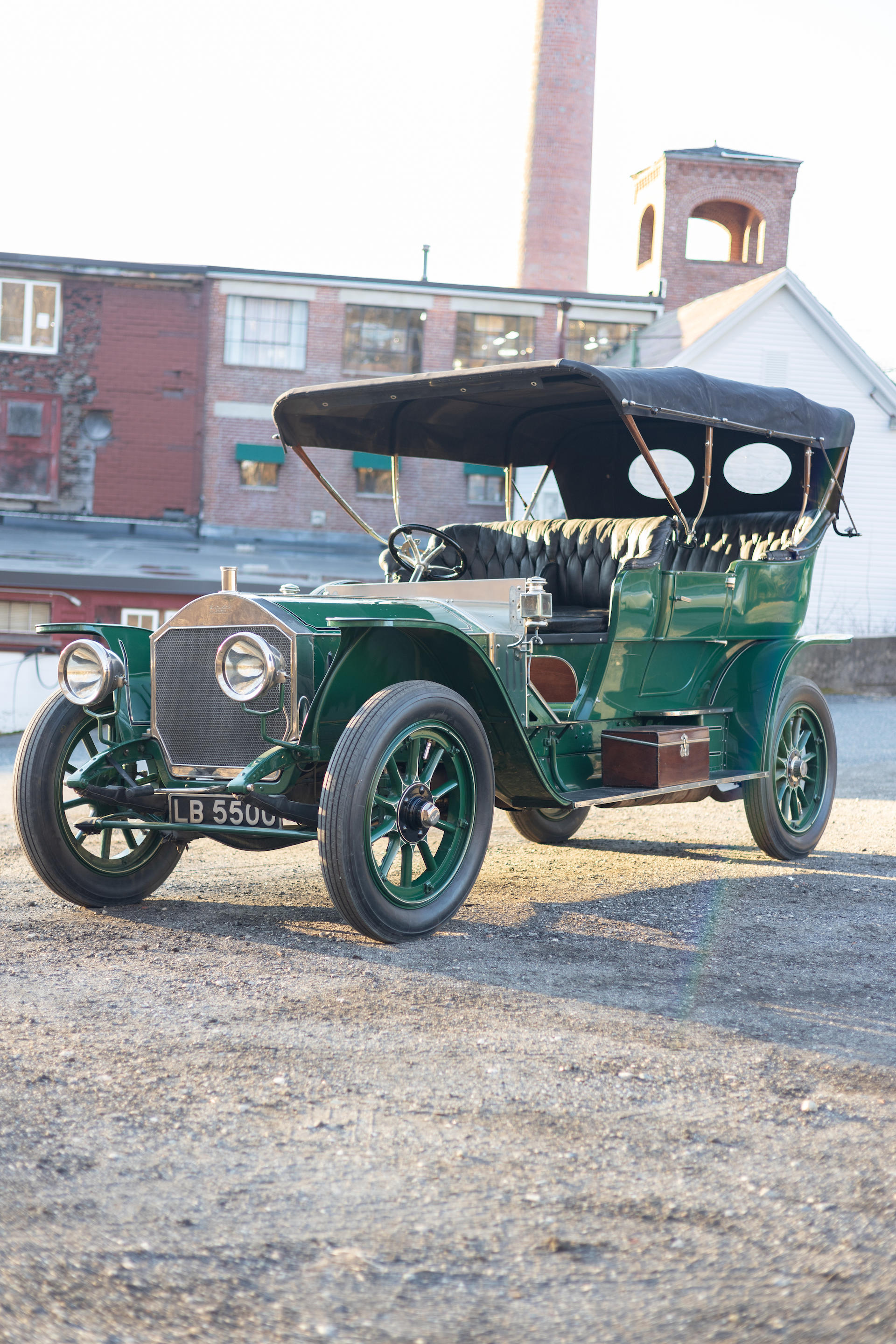
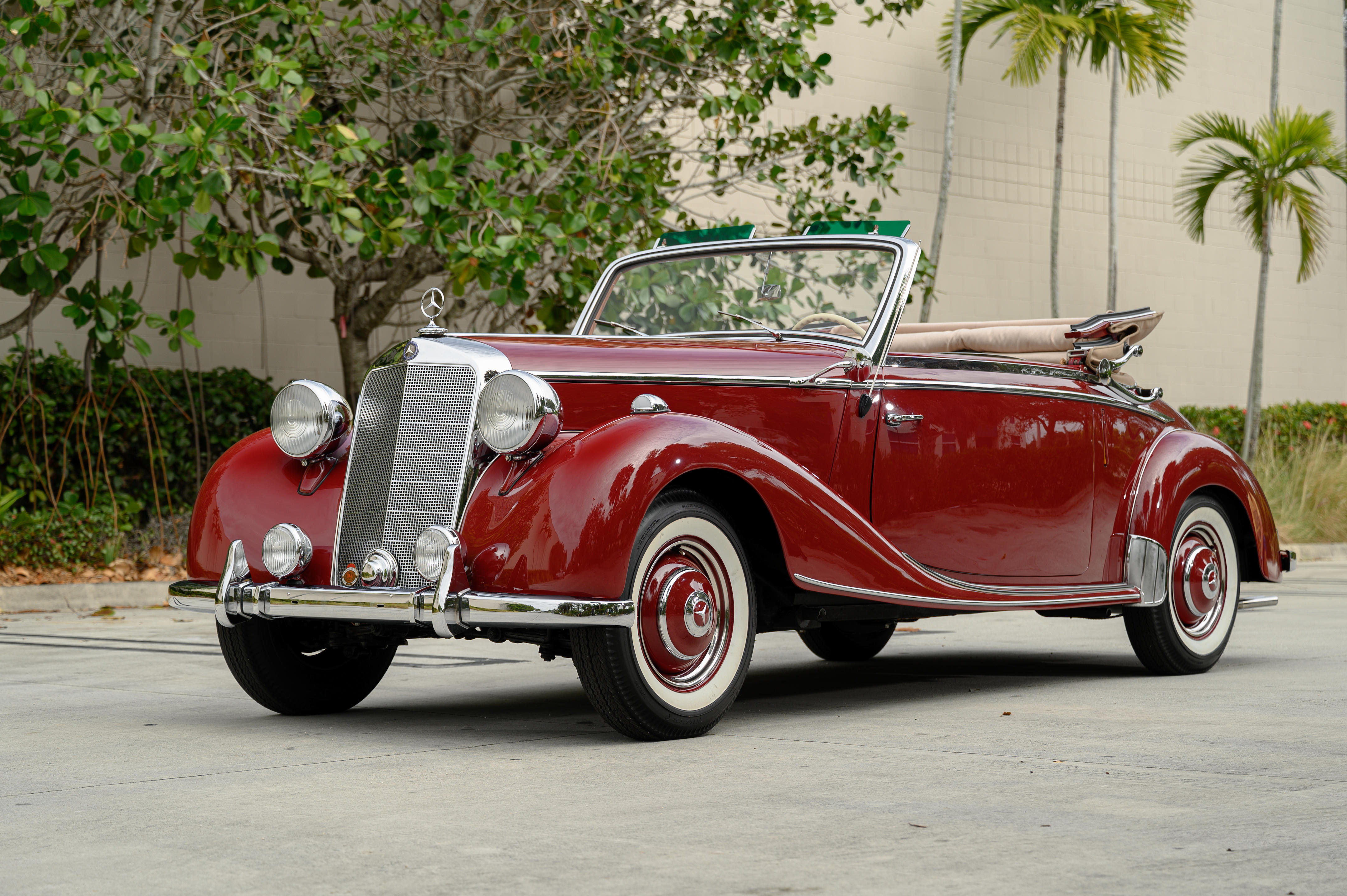
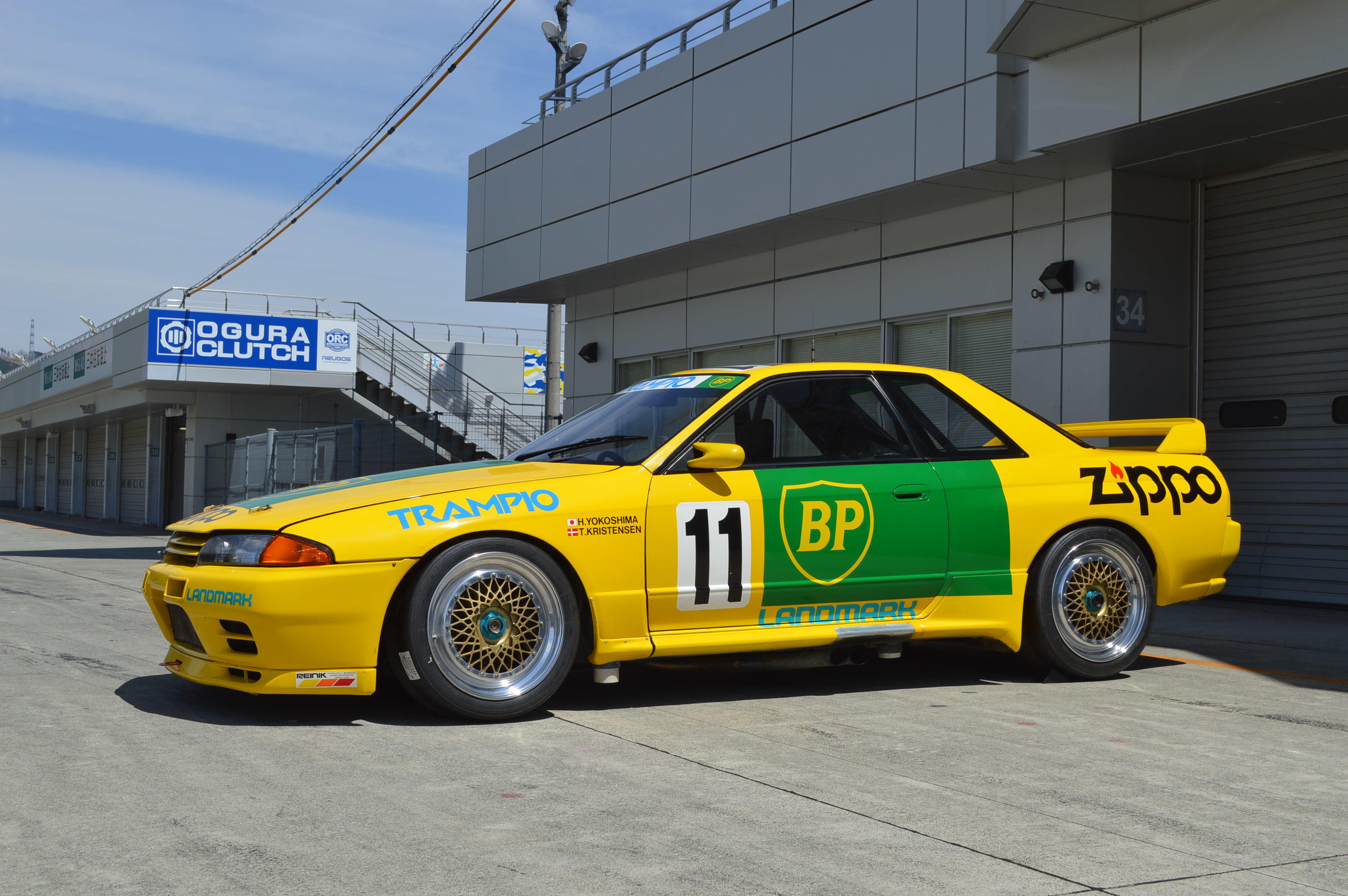
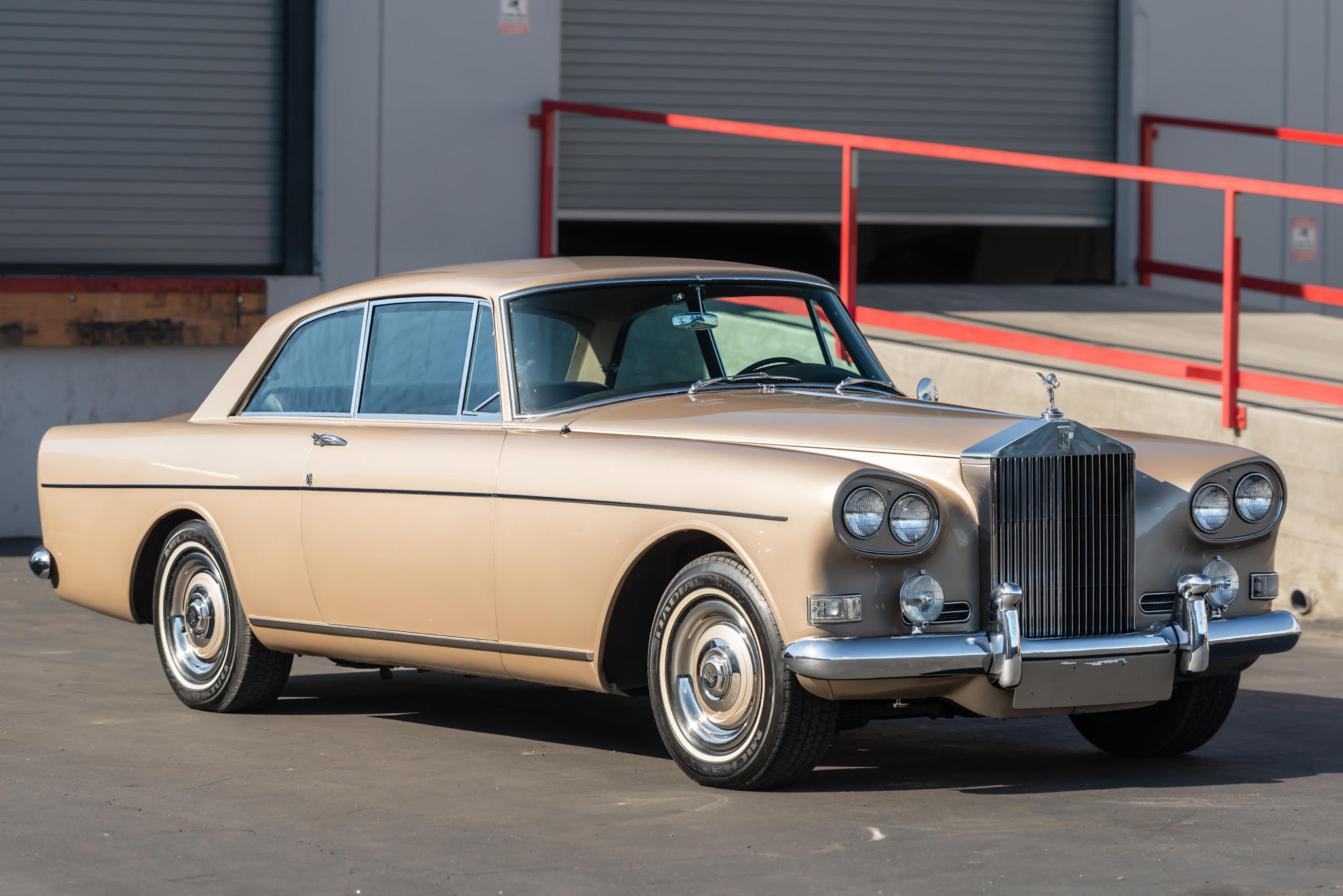
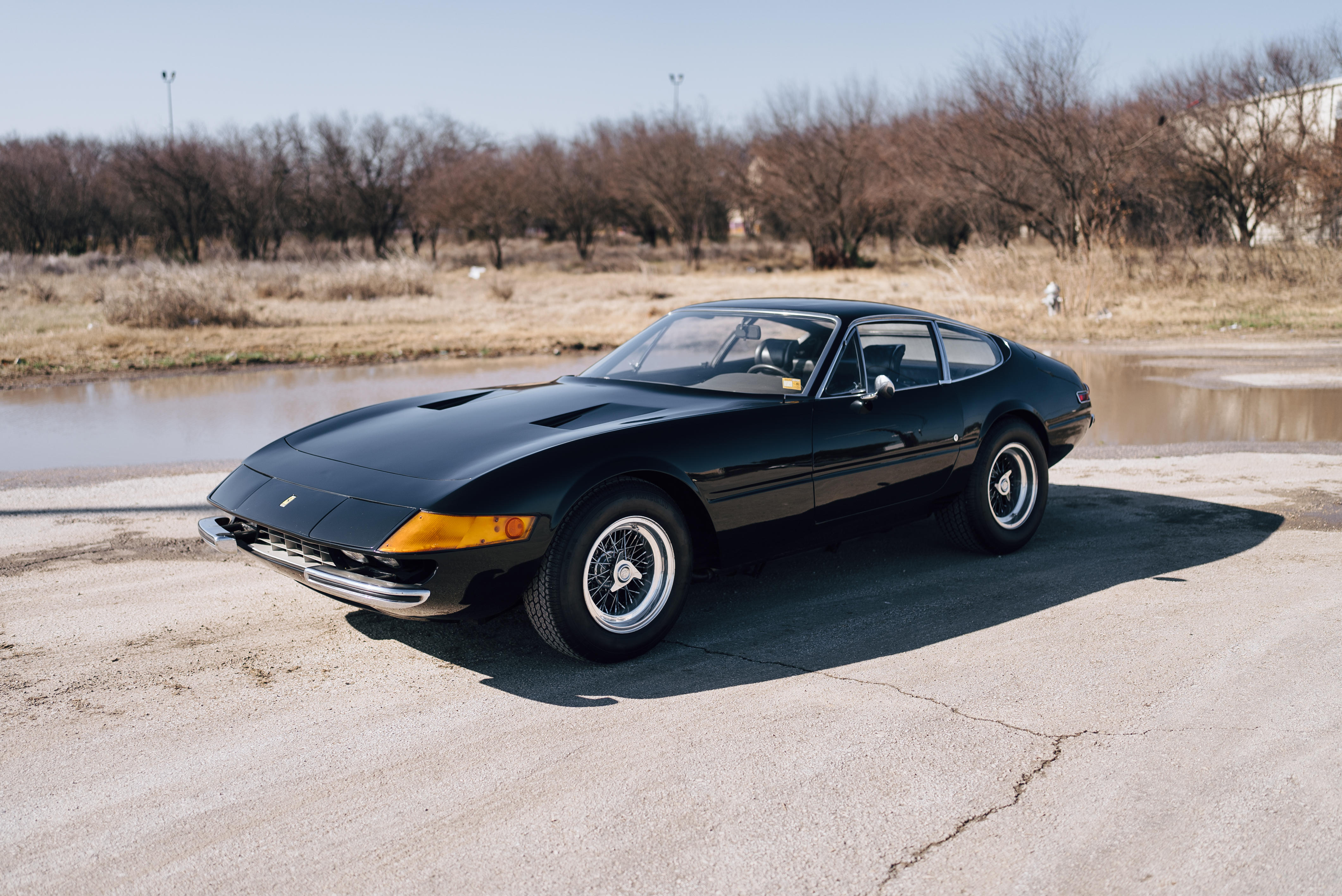
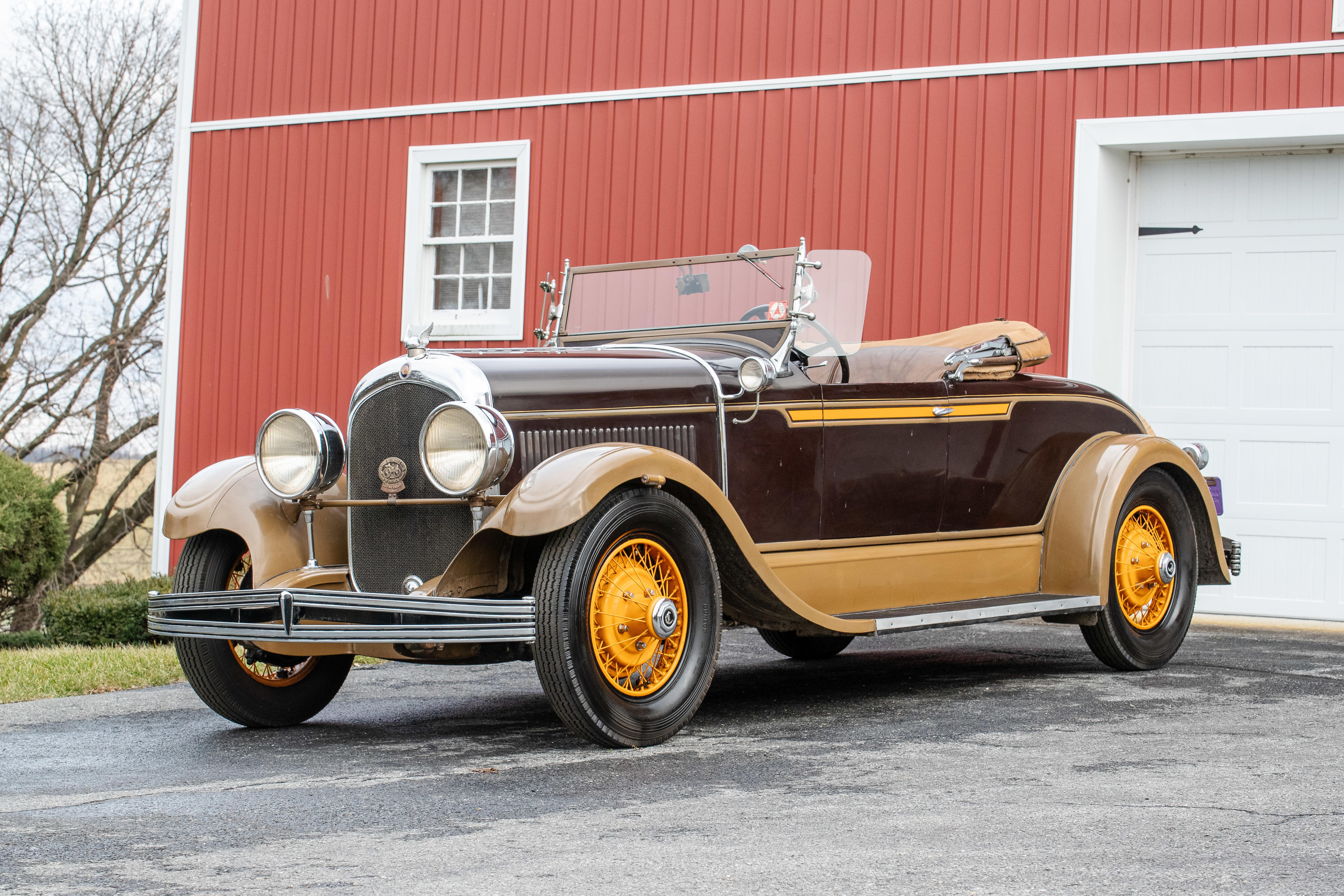
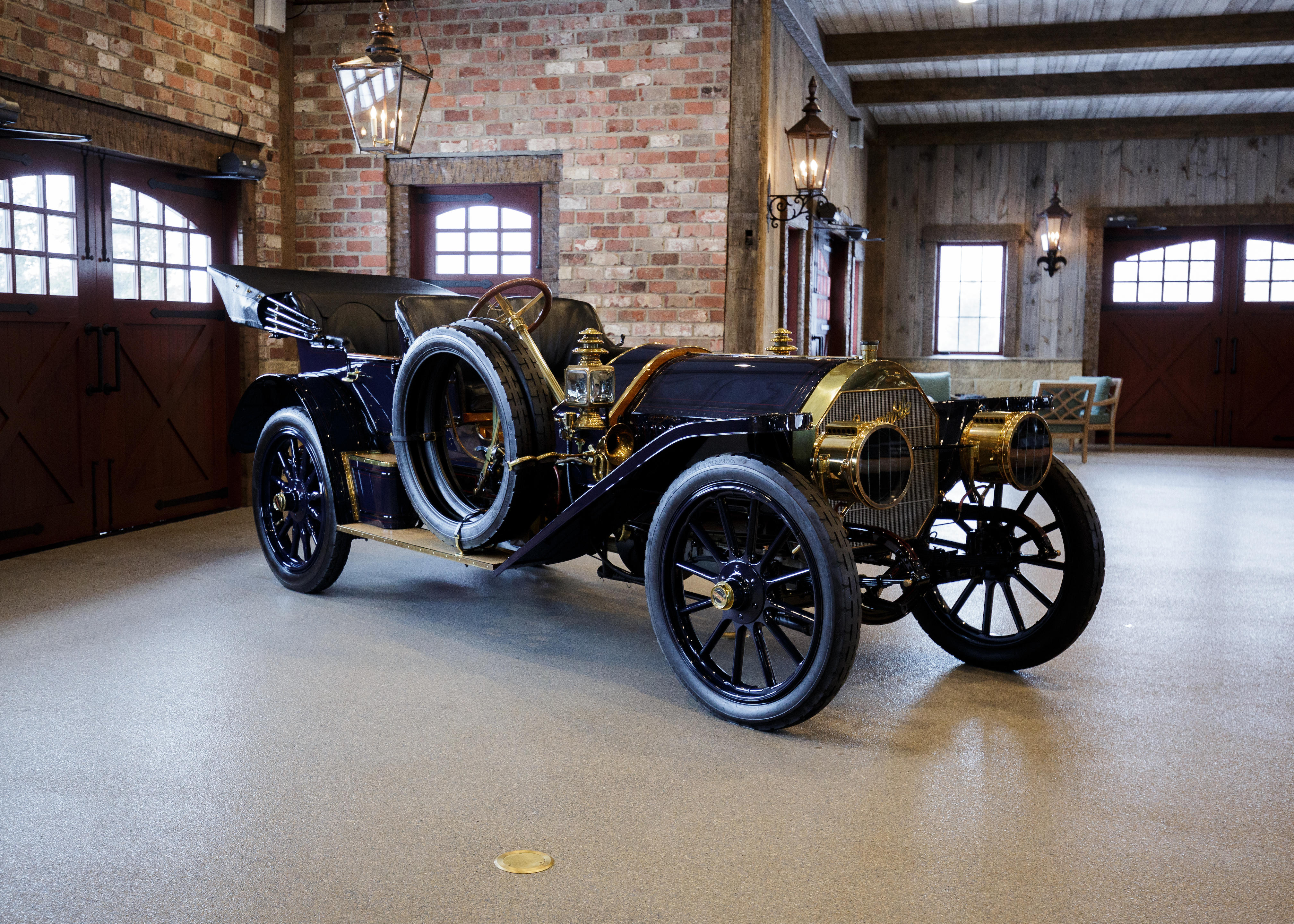
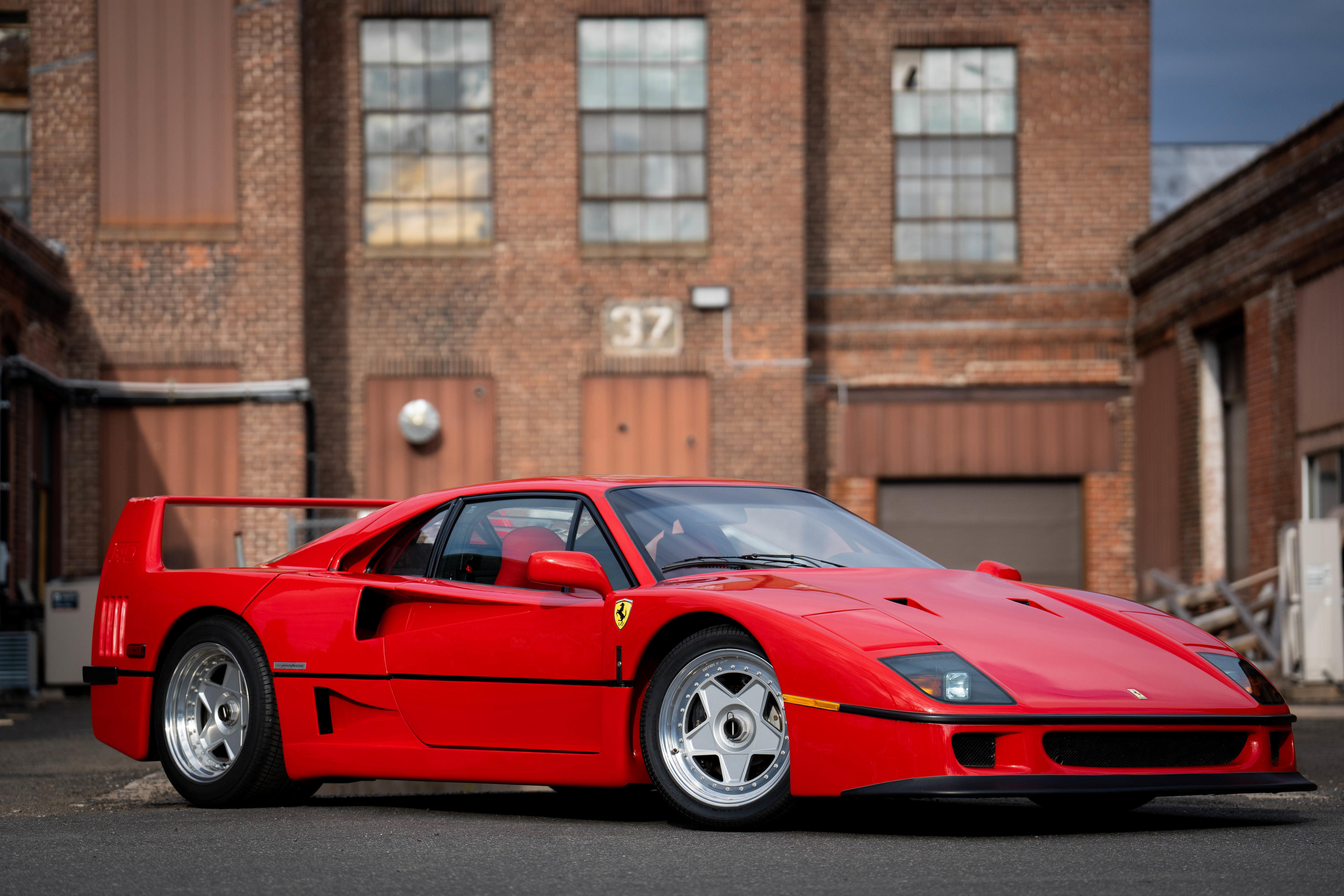
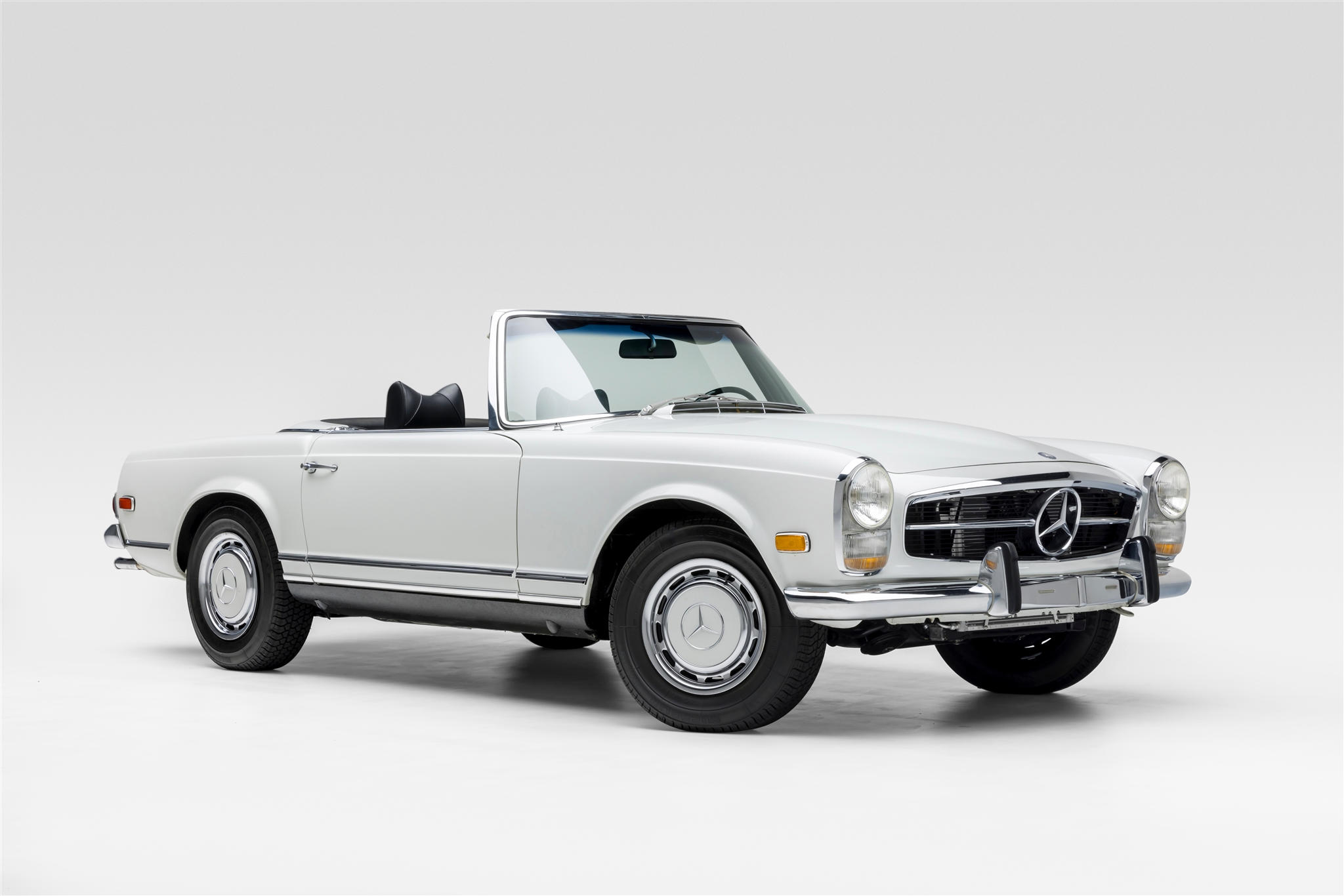
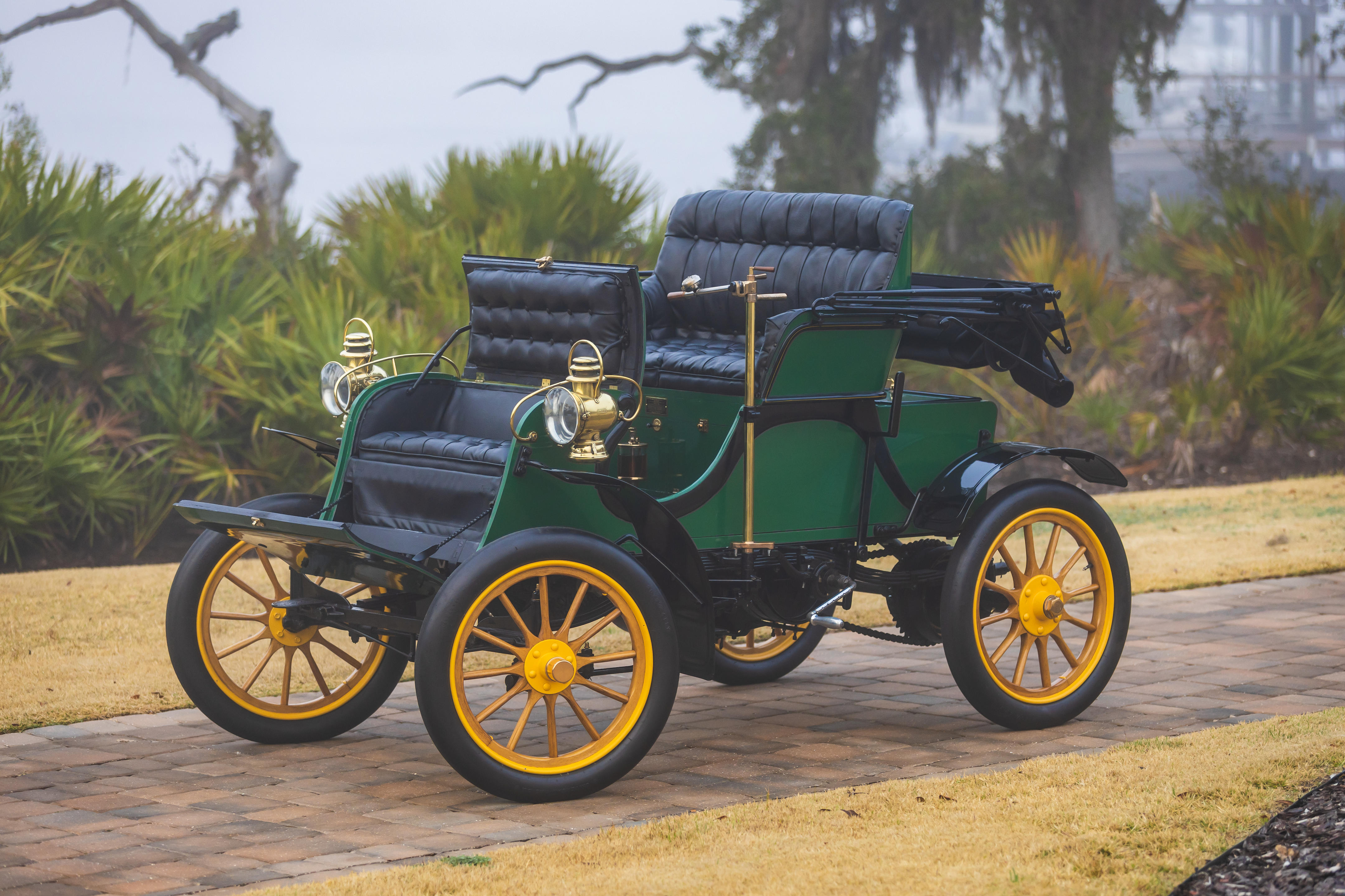


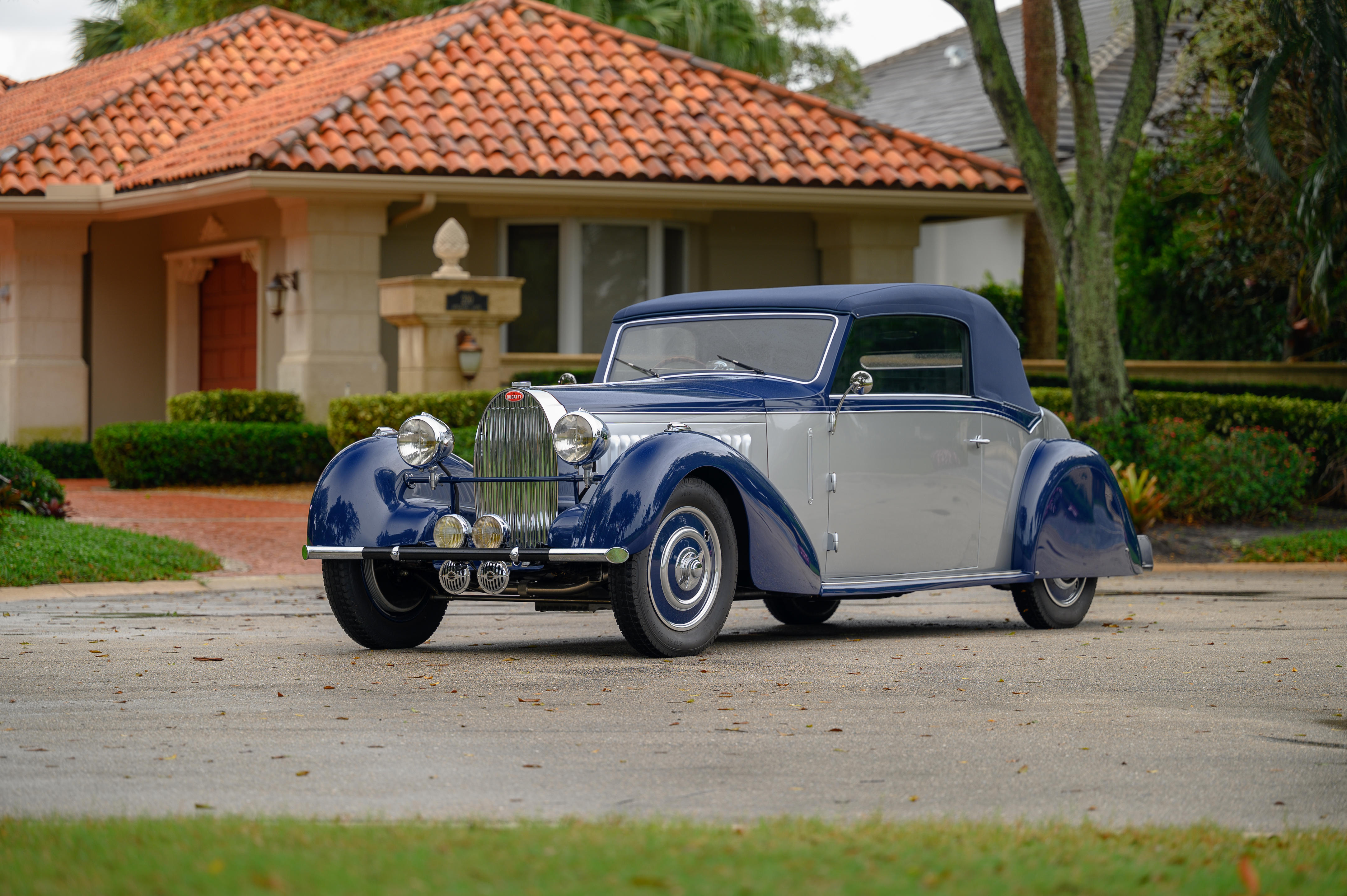
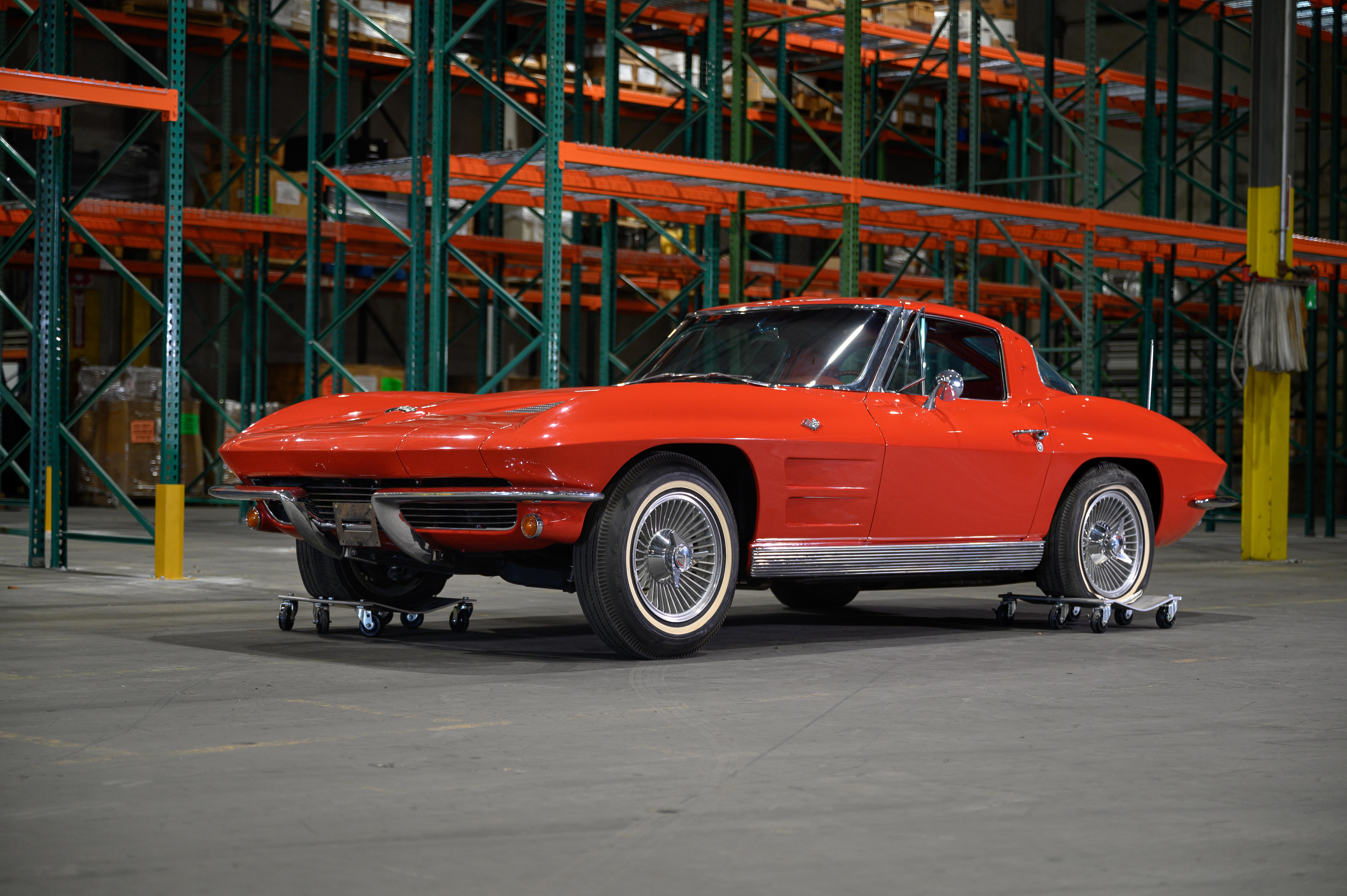
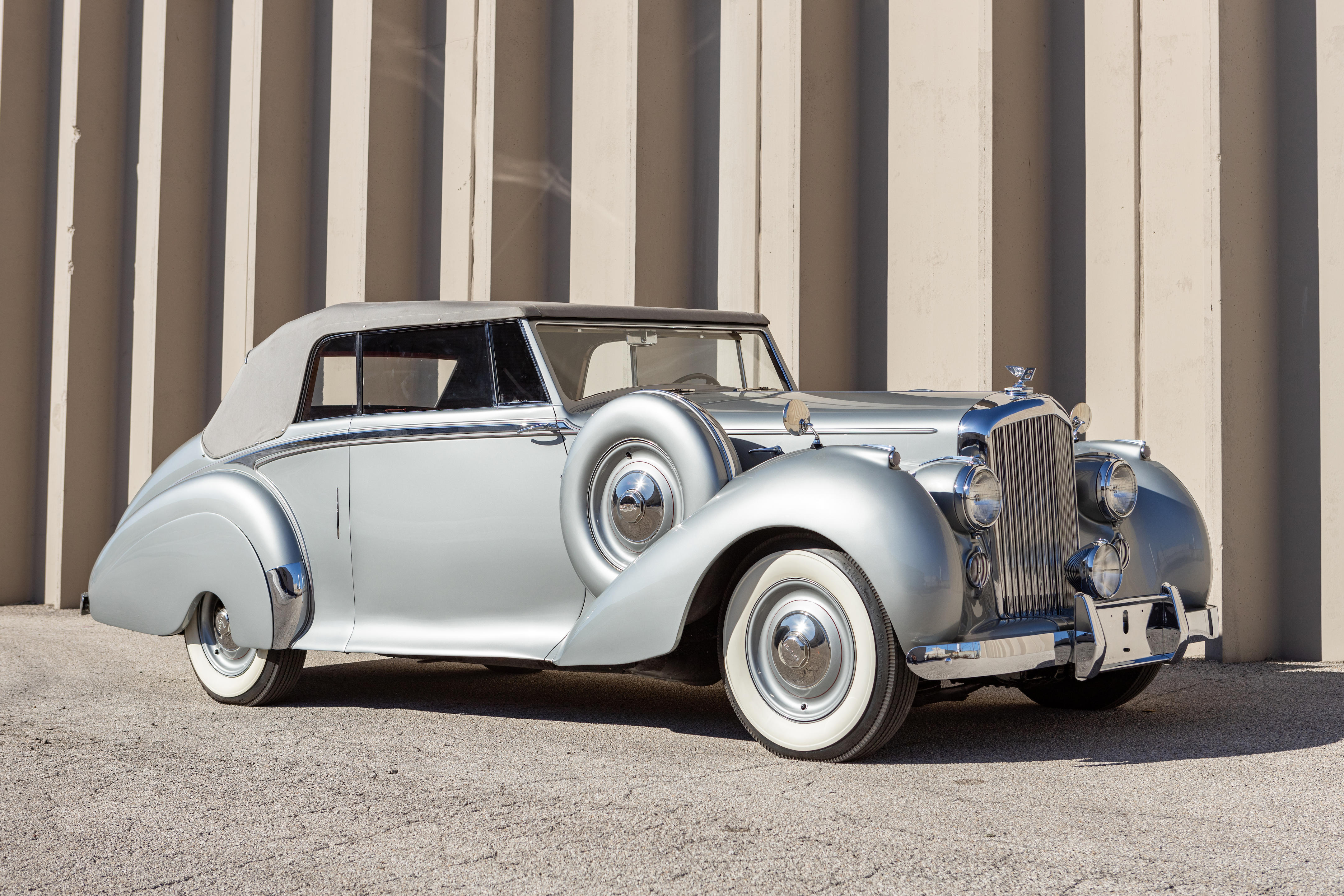
Testen Sie LotSearch und seine Premium-Features 7 Tage - ohne Kosten!
Lassen Sie sich automatisch über neue Objekte in kommenden Auktionen benachrichtigen.
Suchauftrag anlegen